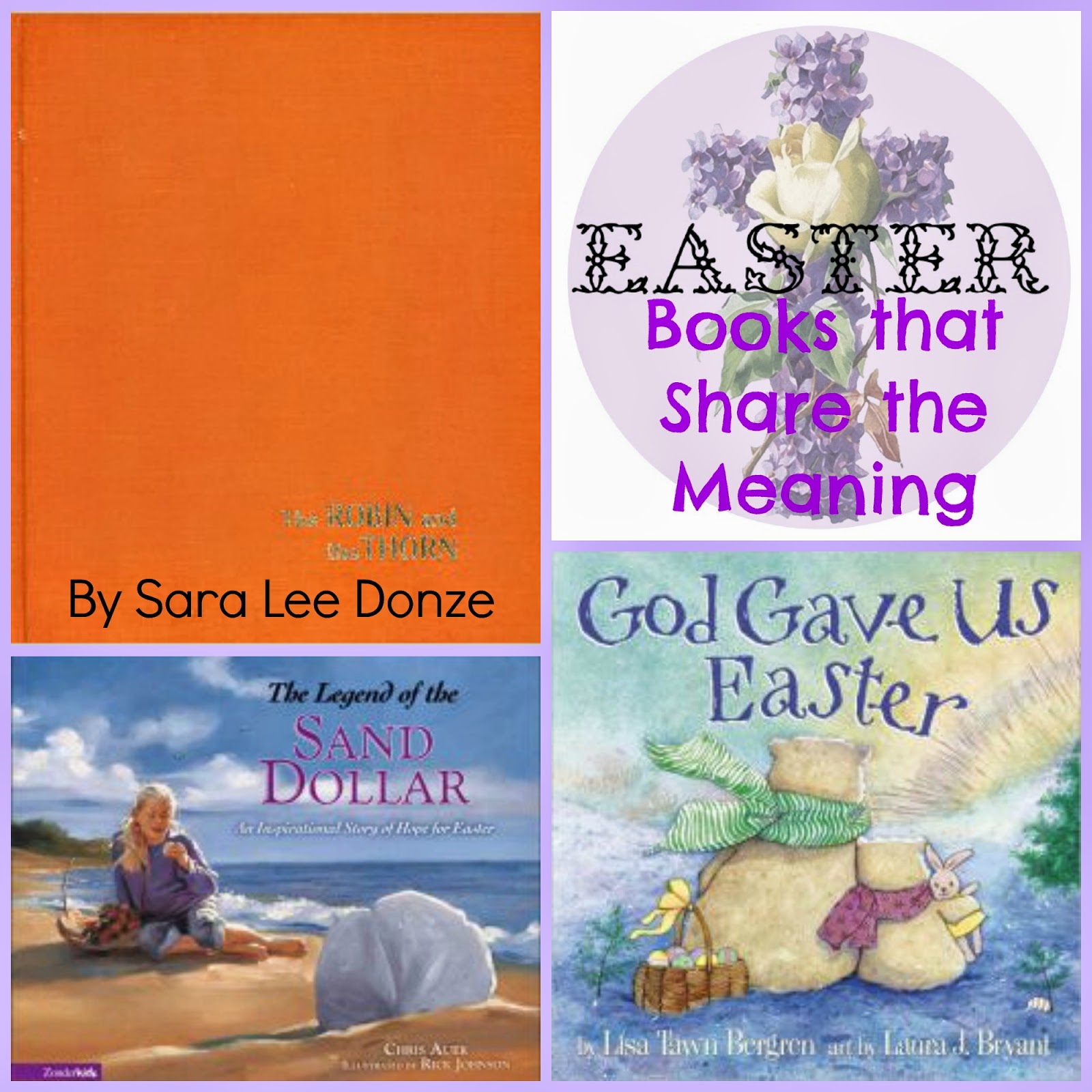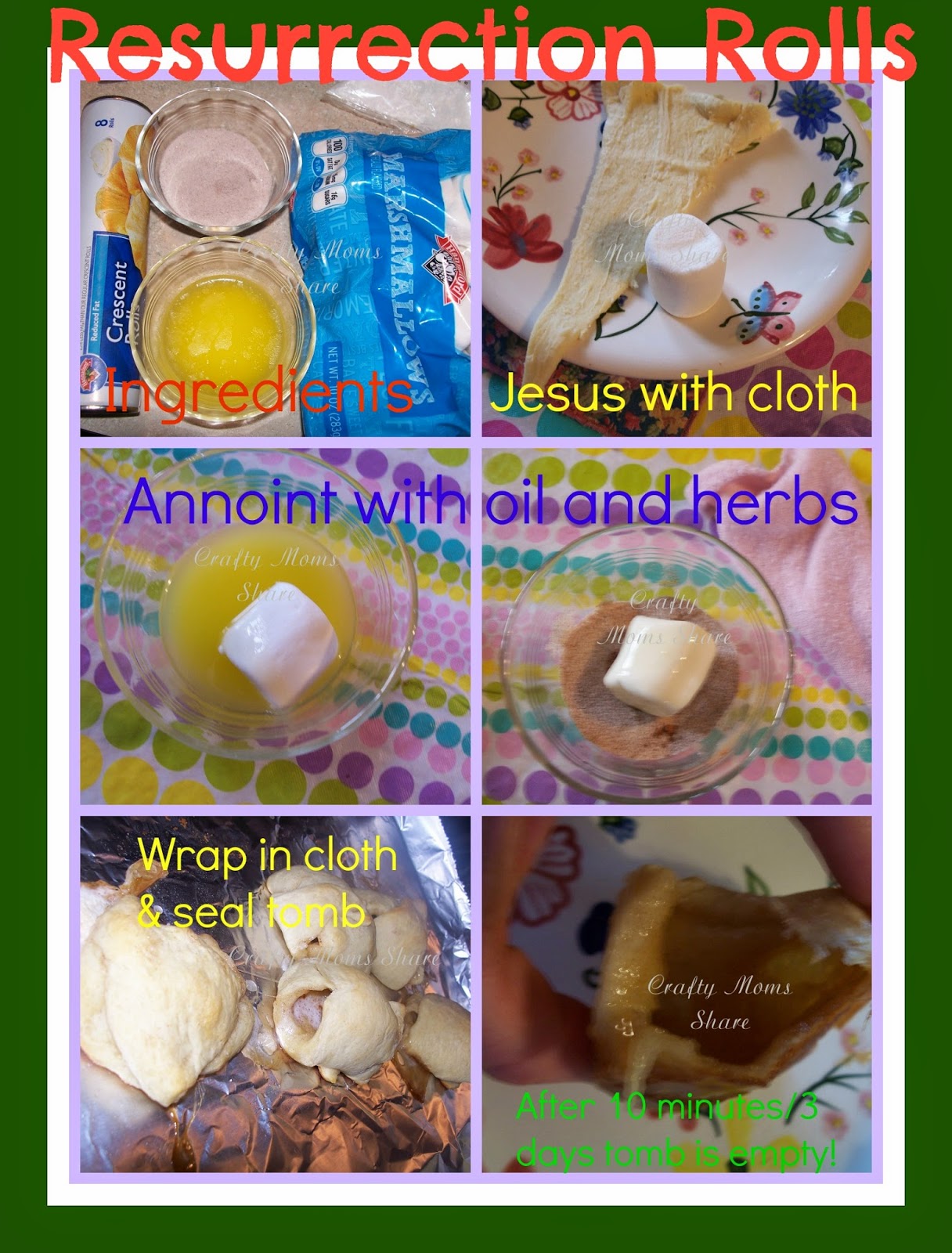Since Easter is almost here, I thought I would do a round-up of our Easter Around the World adding in a few more countries I hoped to share about as well. So sit back and travel the world with me. Since our first Around the World post was in South America, I thought we would start there.
Holy Week in Argentina is an elaborate celebration. People dress in costume and reenact Jesus' last supper, his betrayal and judgment. They carry large wooden crosses and act out the Stations of the Cross, Jesus' crucifixion and his resurrection. It can be a very emotional time.
Holy Week is important in Colombia or should I say Semana Santa. The celebration begins as early as Thursday through Easter or Pascua. Good Friday is the most important event in Colombia other than Christmas. It is a joyous day that includes mass in church and processions. In Mompox people dress in turquoise robes and lead others to the Immaculate Conception Church. They throw stones as the doors to gain entry. Their robes are blessed during the mass and church activities and celebrations can continue the following morning as early as four. Many of the cities have processions similar to the ones in Spain.
In Ecuador, the Easter and Holy Week celebrations are pretty much the same as many places with reenactment processions on Good Friday, masses and processions on Holy Saturday and Easter Sunday. On Easter after mass families gather for a feast featuring a traditional Ecuadorian soup called fanesca. Fanesca combines the food from the lowlands and from the highlands. It includes onions, peanuts, fish, rice, squash, broad beans, lupine, corn, lentils, beans, peas and melloco. Melloco is a highland tuber.
During Holy Week in Haiti there are rara bands who take to the streets. Rara bands are like a club. The men and women in them wear colorful clothing and play instruments including handmade ones.The instruments include drums, bamboo, graters, horns and long metal cylinders like trombones. Their music is based on four notes, but they are able to produce many different sounds. See the Youtube Video above. The Rara bands travel the streets with dancers and everyone joins in. Rara bands also play during All Saints' Week in November.
On Easter Sunday there is a fair in a park nearby. Children can go on rides and eat fresko (similar to Italian ice or snow cones) and many other goodies.There are raffle booths where children can try to win a toy, a game or a surprise gift. There is also a magician and a sek contest. Sek is a game about keeping a metal circle balanced with a special hanger while rolling the metal circle on the ground and chasing after it. On the way home, the children get ice cream at the ice cream parlor and go home exhausted.
In Mexico we begin with Palm Sunday. In Mexico they weave the palm leaves into intricate crosses and other shapes and they are sold at the doors of churches. During Holy Week, people get together to act out events from the last days of Jesus' life. These reenactments are called passion plays. They can range from simple to intricate. Participants called Penitents inflict pain on themselves to feel some of Jesus' pain. As in many countries Good Friday is the most important and somber day of Holy Week. They have processions with statues of saints carried through the streets on shoulders of people. The women also carry flowers, incense and candles and everyone sings Easter hymns. On Holy Saturday figures of Judas are burned. Judas was the disciple who betrayed Jesus. He is often portrayed as a devil figure in Mexico, but sometimes the devil's head is replaced by a hated figure. During World War II, Adolf Hitler was often used. The figures were wrapped in firecrackers and then lighted to break up in a shower of sparks. Today they are just burned.
In Peru the Easter celebrations start the Monday before Easter. In Cuzco, people carry a statue of Jesus in a long procession through the streets. The people there believe this statue saved Cuzco from being destroyed in a bad earthquake on March 31, 1650. They call the statue Our Lord of the Earthquakes. Festivities continue throughout the week with dancing, feasting and drinking. There are many favorite snacks including besitos (little kisses a type of candy) and chicha ( a beer brewed using corn). In Ayacucho artists make images on the ground using flowers. Similar to Mexico, many Peruvian towns hang and burn images of Judas on Good Friday. Many Peruvian Catholics believe God will not see what you do between Good Friday and Easter Sunday since Jesus is dead, so it is a chance to break rules and misbehave.
Eid Il Fasih is a joyful celebration in Lebanon. All Lebanese Christians fast the 40 days of Lent or Es Soum. During this time families do not eat meat. On Palm Sunday or Sha'aneeni, the Christian children dress in their very best clothes for the Ziah, a parade around the church just before noon. The children carry candles that are decorated with flowers and olive branches. The festival ends with a feast. Holy Week passes quietly with families going to church and eating simply. On Holy Saturday, the churches are lit with candles and the day is called Sabt innour or Sabboth of Light. It is said that many years ago lights appeared by miracle in churches throughout Lebanon. On Easter Sunday, people dress in their best clothes, the children hunt for eggs and play a game called youdakis. They have a traditional meal and eat kousa or zucchini and grape leaves stuffed with rice and meat and Tabbouleh. On Easter Monday or Ithnayn il Rahib, families tend to take trips into the country and lit loud fireworks.
This is the end of our Around the World exploration of Easter celebrations for this year. I hope you enjoyed it. The resources I used for this post are the following books.
Also if you want to see more Easter posts check out:










































